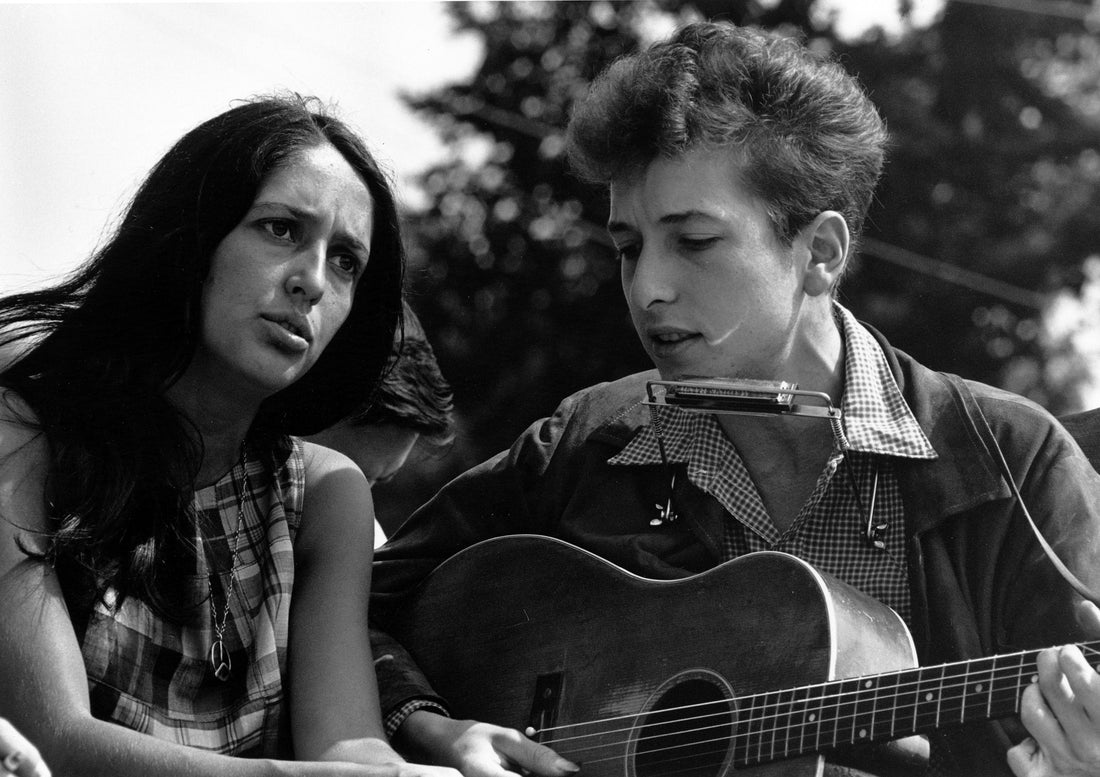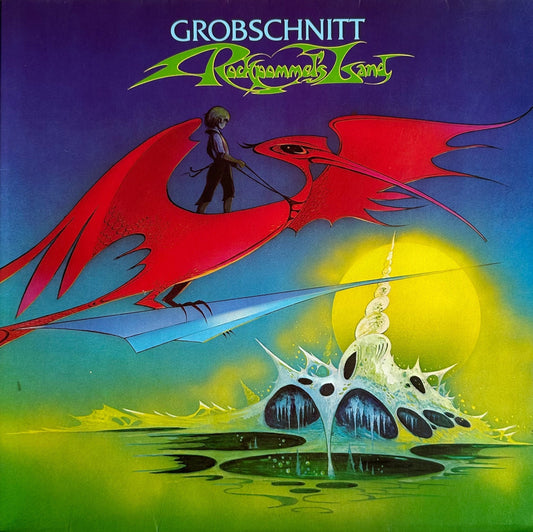John Hammond was born into wealth in 1910 to John Henry Hammond and Emily Vanderbilt Sloane. Yeah. Despite growing up in a five story mansion in New York, early on he developed a different love for music than the rest of the storied family. At 4 he studied piano and later violin. His mother tried to give him an appreciation for classical music, and certainly this served as a basis for his upbringing but he heard a different muse. At a very early age he would steal down into the basement to listen to the music of the African-American servants while the family was upstairs listening to opera and the safer machinations of Beethoven and Mozart. One of his favorites was Sir Harry Lauder. Lauder was a serious Scottish composer, as can be heard here.
Now that’s a classic. Must’ve given mom fits.
She had no one to blame but herself, because besides trying to bring up a son into classical realms she also was socially active and made sure John was aware of the importance of using their wealth to increase the fortunes of the less fortunate, and little Johnny took that activism a bit further than the family would probably approve.
In 1923 the Hammonds visited Europe ostensibly to further the young lad’s world view and education. It worked. The family attended a musical show called From Dixie to Broadway featuring Sidney Bechet, a brilliant soprano sax and clarinet player and already an influential Dixieland performer and composer. The 13 year old Hammond didn’t have a chance. He returned to America a changed boy.
Sidney Bechet was the first important soloist on jazz records if you believe his biographers. Louis Armstrong’s bios would argue, but the fact was it was close by a few months. Johnny wasn’t listening to anything new on that trip, just new to him. Bechet had studied clarinet with ‘Big Eye’ Louis Nelson and George Baquet. I’ve seen pictures of ‘Big Eye’ Louis. I don’t quite get it.
OK, maybe. But the boyz missed out on hanging George with ‘Butter’, or ‘Sweet Cream’.
Bechet developed quickly and was playing in Dixieland bands in his teens. In 1917 at 20 he moved to Chicago, and by 1919 was touring Europe with Will Marion Cook’s Orchestra. There he found a soprano sax in a music shop and the soprano became his main instrument from then on. His phenomenal skills as a soloist always made him stand out and in fact made other players uncomfortable because they either couldn’t keep up or had no idea what he was doing. And he was flying high when he sent Johnny Hammond back to Manhattan.
On returning home Hammond immediately began searching for jazz and blues records. In 1923 music stores in Greater Manhattan didn’t carry a lot of black music. John ended up going to Harlem to find what he was looking for. You KNOW his parents didn’t know about dis shit. This started a string of adventures, skipping school, convincing head masters to let him ‘take lessons’ in Harlem, going to jazz clubs. By the time he was 20 he’d dropped out of Yale and gotten a job writing for Melody Maker. Pop, a Yale alumnus, was reportedly proud.
In 1931 he funded the first recording of Garland Wilson. He took non- paying jobs DJ-ing for jazz stations. Because he would pay for his time slot he could choose the musicians he had on his show, guys like Fletcher Henderson and Art Tatum. In the next two years he used his influence to convince the depression flagged English Columbia label to record jazz artists like Henderson, Benny Goodman, Benny Carter, and Joe Venuti. John was 23 years old.
John Hammond didn’t discover Benny Goodman, but he knew a great thing when he heard it. In 1934 he introduced Benny to Fletcher Henderson who became the arranger of all those great Goodman hits. Fletch was black, which was a verboten combination then. Not to be deterred, Hammond convinced Goodman to form a band with outstanding and even ground breaking black musicians like Lionel Hampton, Charlie Christian, and Teddy Wilson. Goodman got and took a lot of credit for this, but it was Hammond who convinced the frightened Benny this was a good move. The Goodman recordings from the late 30’s with his small bands including Wilson, Hampton, Christian on that guitar (!!) and Gene Krupa are still some my favorite recordings of any genre.
“Air Mail Special” arranged by Fletcher Henderson.
John Hammond made the King of Swing. Beyond argument.
In 1933 Hammond heard a 17 year old Billie Holiday and arranged for her to record with Benny Goodman. In ’37 he saw Count Basie and his orchestra in Kansas City and brought him to New York. He was instrumental in reviving the music of delta bluesman Robert Johnson and in fact had Johnson slated in his 1938 Carnegie Hall presentation From Spirituals to Swing but the fool got himself permanently poisoned by a jealous husband at a dance Johnson was playing at. Damn. ‘Big Bill’ Broonzy took his place.
Hammond was one of the very few producer/talent scouts who transcended musical evolutions. In 1961 he saw Bob Dylan playing harmonica on a session with Carolyn Hester and signed him to a contract with Columbia. Only the good Lord knows what Hammond heard that night. The Columbia executives howled and dubbed Dylan ‘Hammond’s Folly”. He then produced ‘Blowing in the Wind’ and ‘It’s a Hard Rain Gonna Fall’.
Before Hammond retired in 1975 he had discovered, produced or funded talent as diverse as Benny Goodman, Garland Wilson, Billie Holiday, Count Basie, Charlie Christian, Harry James, Teddy Wilson, Big Joe Turner, Pete Seeger, Aretha Franklin, George Benson, Freddie Green, Jim Copp, Babtunde Olatunji (had to add that one in there), Bob Dylan, Bruce Springsteen and Leonard Cohen (R.I.P, by the way). Most of you will recognize a majority of the names on that list, and few know his.
After retiring he continued scouting talent. In 1983 he signed a Texas blues guitarist named Stevie Ray Vaughn to a contract for Epic Records and was executive producer on that first album.
Long Live the Stratocaster.
From Sir Harry Lauder to Stevie Ray Vaughn. Dig THAT transition.



